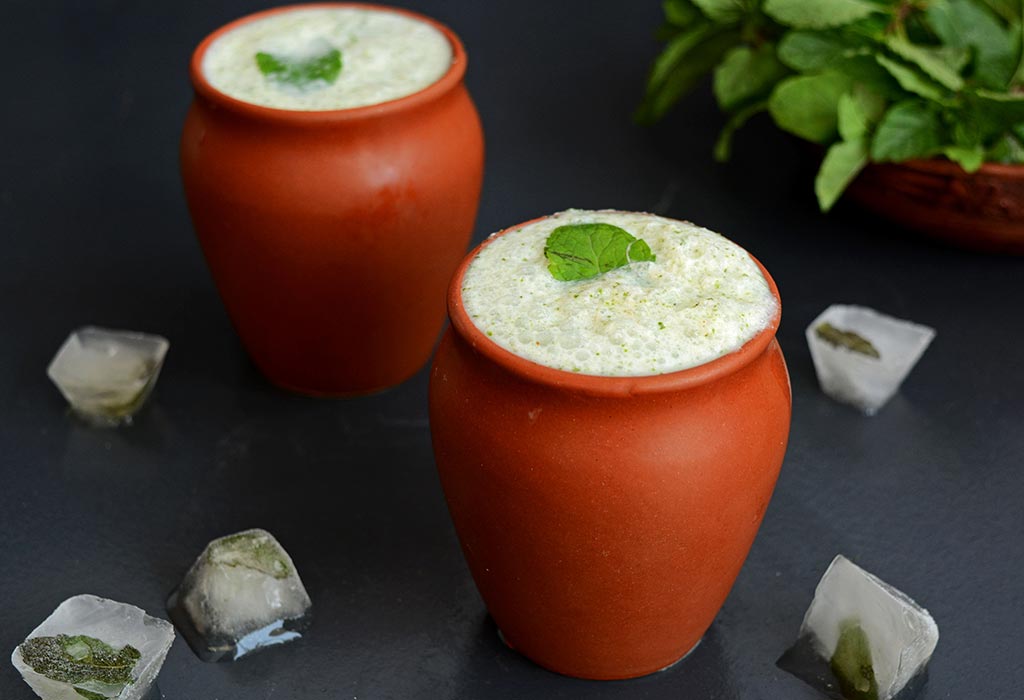How Long Does Buttermilk Last?
Buttermilk is a popular dairy product known for its tangy flavor and creamy texture. It is commonly used in baking, cooking, and even enjoyed on its own. If you find yourself with a carton of buttermilk and are unsure about its shelf life, you’re not alone. In this comprehensive guide, we will explore how long buttermilk lasts, how to store it properly, signs of spoilage, and ways to extend its freshness. So let’s dive in and discover everything you need to know about the shelf life of buttermilk.
Understanding the Shelf Life of Buttermilk:
Buttermilk, like any other dairy product, has a limited shelf life. The freshness and quality of buttermilk can vary depending on several factors, including its processing method, pasteurization, and storage conditions. Generally, commercially produced buttermilk has a longer shelf life compared to homemade buttermilk. Commercially available buttermilk is usually pasteurized, which helps extend its freshness.
Expiration Date and Sell-By Date:
When you purchase buttermilk from a store, it typically comes with an expiration date or a sell-by date printed on the packaging. The expiration date indicates the last day the product is guaranteed to be at its best quality, while the sell-by date is the date until which the store should sell the product. It’s important to note that these dates are not absolute indicators of spoilage and should be used as guidelines.
Storage Tips for Buttermilk:
To maximize the shelf life of buttermilk, proper storage is crucial. Here are some tips to keep in mind:
- Refrigeration: Buttermilk should always be stored in the refrigerator. The cool temperature slows down the growth of bacteria, preserving the freshness of the buttermilk. Make sure the refrigerator temperature is set at or below 40°F (4°C).
- Original Packaging: It’s best to keep buttermilk in its original packaging until you are ready to use it. The packaging is designed to protect the product from external contaminants and maintain its quality.
- Seal Tightly: After opening the carton, ensure it is tightly sealed to prevent air and moisture from entering. Consider transferring the buttermilk to an airtight container if you are using only a portion of it.
Shelf Life of Buttermilk:
On average, commercially produced buttermilk can last for about 2 to 3 weeks past the sell-by date when stored properly in the refrigerator. However, it’s important to note that the freshness and quality may decline over time. Homemade buttermilk, which is often made by mixing an acid (such as vinegar or lemon juice) with regular milk, may have a shorter shelf life of around 1 to 2 weeks.
Signs of Spoilage:
It’s essential to be able to identify the signs of spoilage to determine if your buttermilk has gone bad. Here are some common signs to look out for:
- Foul Odor: If your buttermilk has a sour or unpleasant odor, it is likely spoiled and should be discarded.
- Off-Color: Fresh buttermilk should have a creamy white color. If you notice any changes, such as a yellowish or brownish tint, it may be an indication of spoilage.
- Separation: If the buttermilk has separated into solids and liquid or appears curdled, it has likely gone bad.
- Mold or Clumps: Visible signs of mold or unusual clumps in the buttermilk are clear indications of spoilage.
- If you notice any of these signs, it is best to err on the side of caution and dispose of the buttermilk.
Extending the Freshness of Buttermilk:
- If you have leftover buttermilk that you want to use later or want to extend its freshness, here are a couple of methods you can try:
- Freezing: Buttermilk can be frozen to prolong its shelf life. Pour the buttermilk into an airtight container, leaving some space for expansion, and place it in the freezer. When you’re ready to use it, thaw it in the refrigerator overnight. However, it’s important to note that freezing may alter the texture of buttermilk, so it’s best used in cooking and baking rather than for direct consumption.
- Culturing: If you have a small amount of buttermilk left, you can use it to culture a fresh batch of buttermilk. Simply mix a tablespoon of the leftover buttermilk with a cup of milk and let it sit at room temperature for 24 to 48 hours. This will create a new batch of homemade buttermilk.
- In conclusion, buttermilk can last for a few weeks when properly stored in the refrigerator. Always check for signs of spoilage before consuming, and use your best judgment when determining its freshness. By following the storage tips mentioned in this guide and being mindful of the expiration dates, you can ensure that your buttermilk stays fresh and delicious for as long as possible. Enjoy incorporating this versatile dairy product into your culinary endeavors!
- How Long Does Buttermilk Last? - July 15, 2023
- What Is Tamari? All You Need to Know - July 15, 2023

